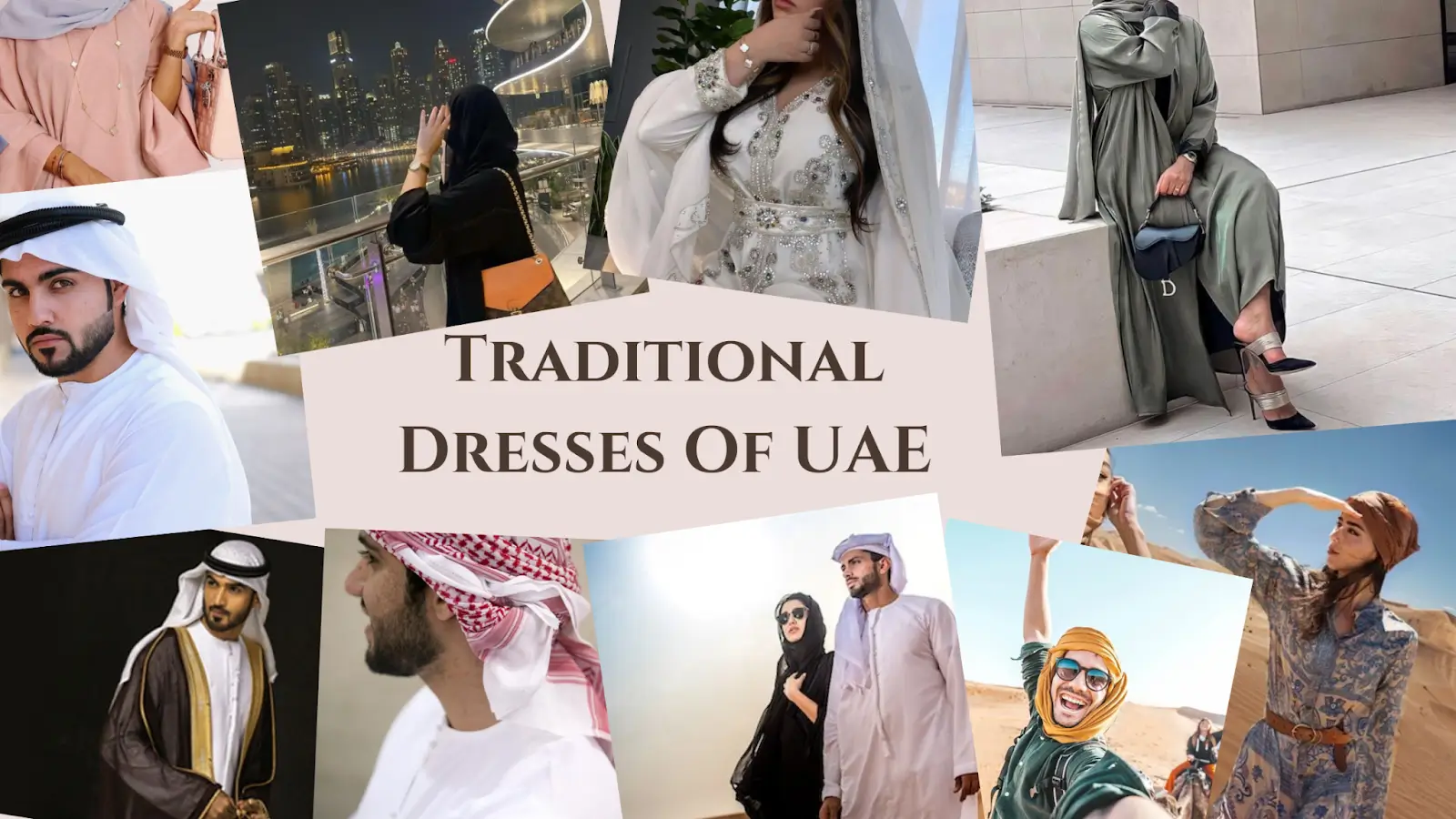
Ever wondered why Emiratis wear flowing white robes and black abayas? It’s not just about tradition, it’s about identity, practicality, and deep cultural roots. If you’re planning a trip to the UAE or just curious about the Traditional Dress of the UAE for Men and Women, here’s everything you need to know about the traditional dress of the UAE.
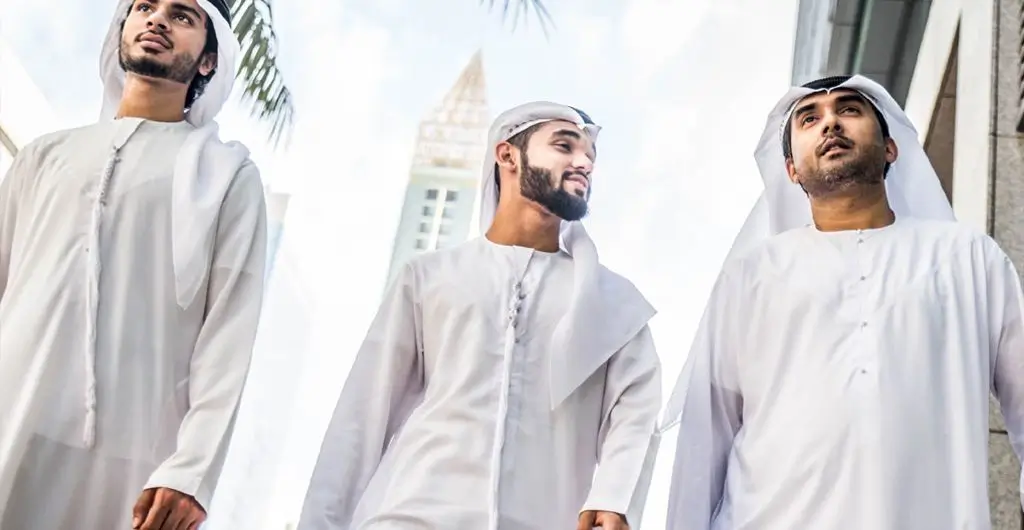
Traditional clothing in the UAE is designed to suit different times of the day, nighttime wear, and religious occasions. These outfits are crafted to provide comfort in the region’s hot climate while aligning with cultural and religious values. Here’s a list of the traditional dresses of uae for men.
1. Kandura
2. Ghutrah
3. Agal
4. Bisht
Now let’s check in detail about each Traditional dress of UAE for male dress and how to do they wear them.

The Kandura is the long, ankle-length robe worn by Emirati men. You’ll mostly see it in white, as it reflects the sun’s harsh rays, keeping the wearer cool. But in winter, you might spot men wearing grey, brown, or even blue Kanduras made from thicker fabric.
Emirati men take their appearance seriously. Many own more than 50 Kanduras, frequently changing them throughout the day to stay crisp and fresh. If you ever wondered how they look so flawless despite the desert heat, now you know!
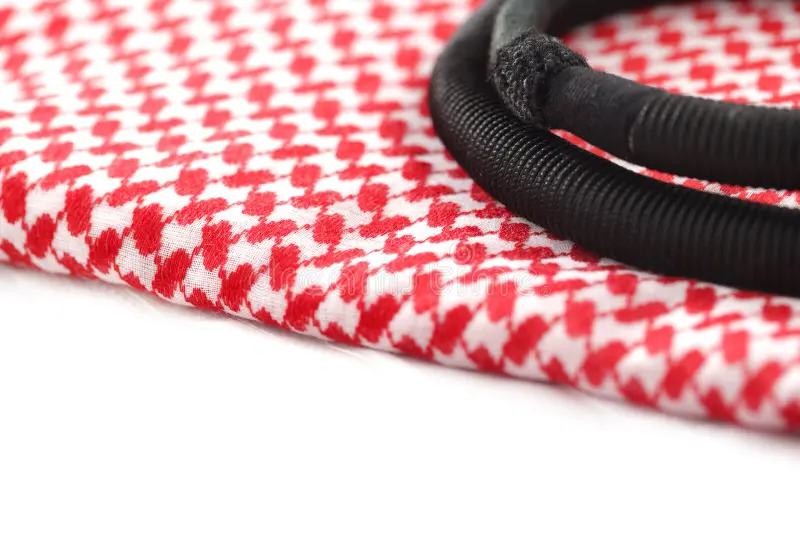
The Ghutrah (also called Shemagh) is a square piece of cloth worn on the head. There are two main types of Ghutrah:
While some people assume the pattern represents status, it’s really just a matter of preference. The primary purpose? Protection from the scorching sun and desert winds.

A black, double-looped cord, the Agal secures the Ghutrah in place. Traditionally, Bedouins used it to tie their camels at night, talk about multi-purpose fashion! Today, it’s more of a status symbol, with variations depending on the occasion.
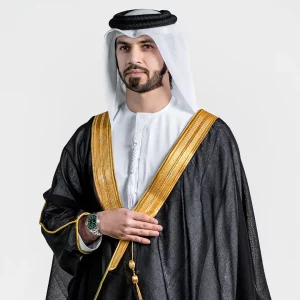
Ever seen an Emirati man wearing a luxurious outer cloak? That’s the Bisht, a flowing robe worn over the Kandura, usually for formal events like weddings, official ceremonies, or when meeting important figures. Often made in black, brown, or beige, the Bisht isn’t about warmth, it’s about status. If you see someone wearing a Bisht, you know they mean business.
The traditional footwear of Emirati men includes:
Emirati men mostly wear traditional leather sandals, known as Na-aal. Unlike Western dress shoes, these open-toed sandals help keep the feet cool. While Dubai’s modern crowd might opt for sneakers or dress shoes, in traditional settings, you’ll still see the classic sandals.
These shoes are worn with the Kandura and remain a symbol of Emirati culture.
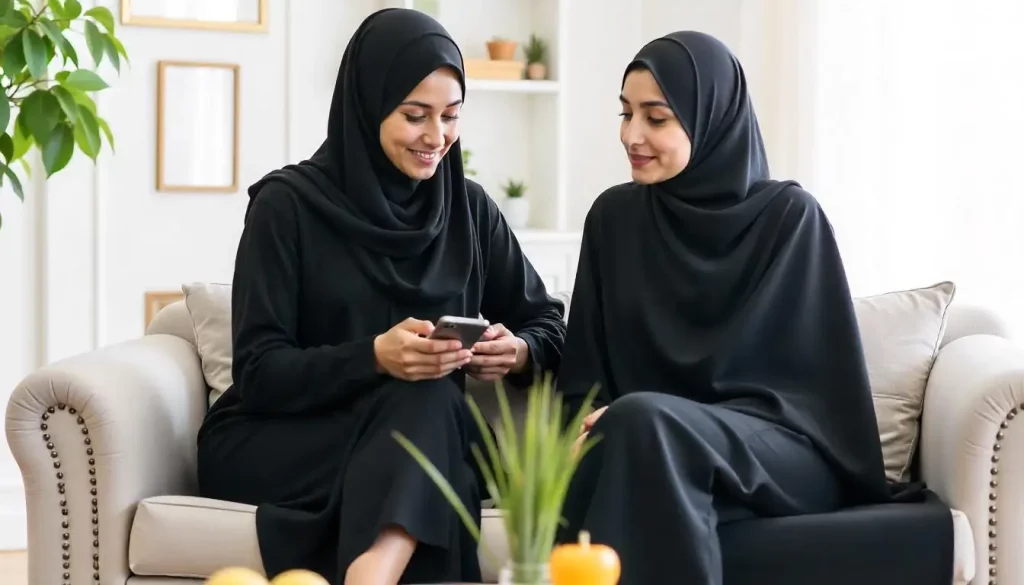
Now You are thinking what is the traditional dress of uae for women? Unlike men, who wear light-colored Kanduras, Emirati women are known for their elegant and, all-black attire. Here is the list of traditional clothing of UAE For women.
1. Abaya
2. Hijab
3. Burqa
4. Gishwa
5. Shyla
6. Kaftan
Let’s take a closer look at each Traditional dress of UAE female and explore how to style them.
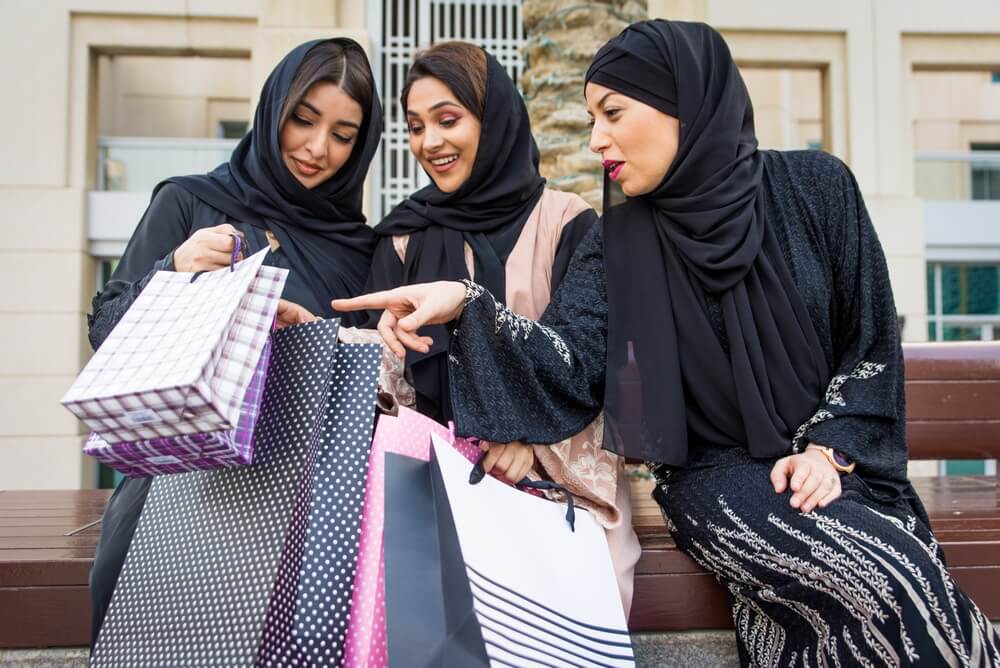
The Abaya is a long, flowing cloak that is the national dress for women in the UAE. Traditionally black, it is designed to cover the entire body except for the face, feet, and hands, serving as a symbol of modesty and cultural identity. While the Abaya was once a simple, plain garment, modern designs now incorporate intricate embroidery, beadwork, lace, and even subtle color variations. Some Emirati women choose to wear the Abaya with a Niqab, a face-covering that leaves only the eyes visible, for additional modesty. Others opt for Gafaaz (gloves) to cover their hands completely.It is worn over everyday clothing and is commonly seen at social gatherings, workplaces, and religious events, making it a versatile and essential part of Emirati women’s wardrobes.
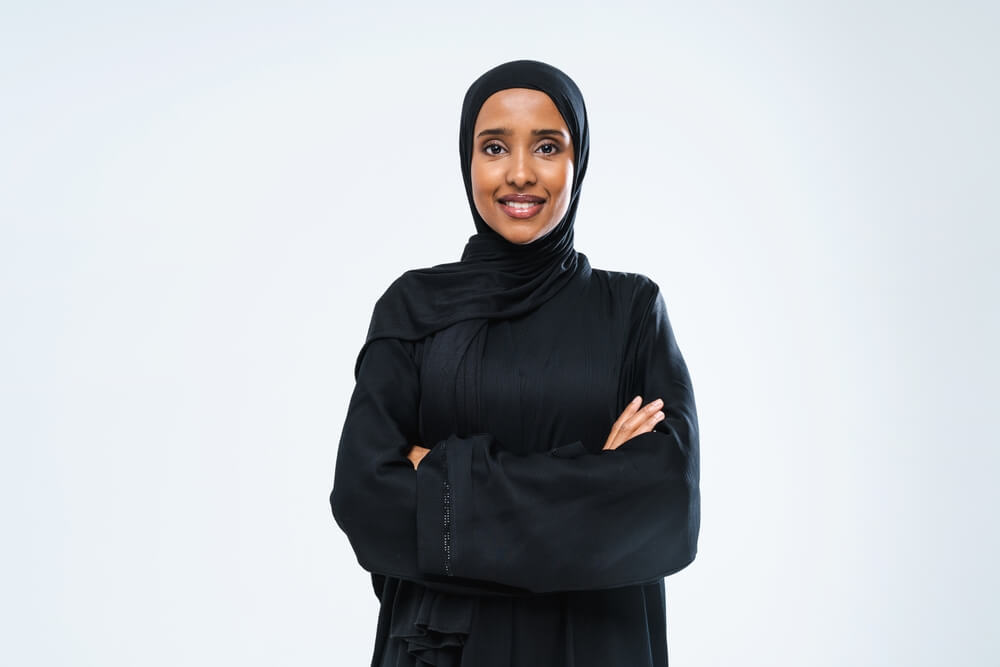
The Hijab is an essential part of traditional clothing in UAE for women. It is a veil that covers the hair, ears, and neck, symbolizing modesty and cultural identity. While the term “Hijab” generally refers to all headscarves worn in the Gulf region, in the UAE, the most common style is the Shayla,a long, rectangular scarf draped over the head and shoulders.Typically black, the Shayla may feature intricate patterns and embellishments. Made from lightweight, breathable fabric, it allows for air circulation, making it suitable for the region’s warm climate.
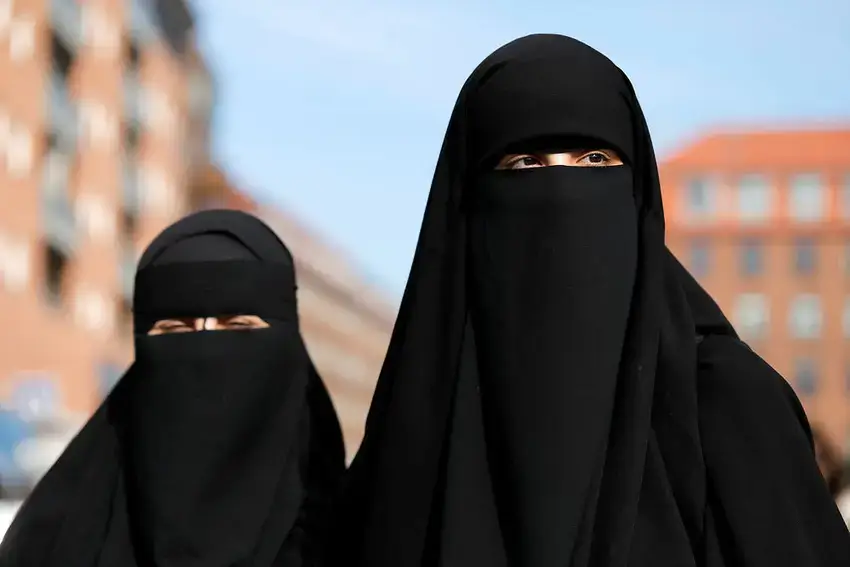
This is where things get interesting. In the UAE, the Burqa doesn’t mean a full-body covering like in some other Muslim-majority regions. Here, it’s a face mask covering the forehead, nose, and upper lip, traditionally worn by older women.Burqas were once a symbol of status, only married women could wear them. Today, younger generations don’t wear them as frequently, but they remain a cultural emblem.
Some Emirati women choose to wear a Gishwa, a thin, black veil that covers the entire face while still allowing the wearer to see through it. Unlike the Niqab, which has an opening for the eyes, the Gishwa provides full facial coverage while maintaining visibility.Though not as commonly worn by younger generations today, it remains a significant part of traditional Emirati attire, especially among older women. The Gishwa serves both as a cultural symbol of modesty and privacy and as a practical barrier against the harsh desert sun and dust.
Arab women wear a kaftan or jalabiya at home or when among female family members. Kaftans come in various colors and are often adorned with decorative borders. Essentially, a kaftan is the feminine version of a kandura, featuring more vibrant colors and intricate patterns. Women also wear sirwal, loose-fitting trousers, paired with the kaftan for added comfort.
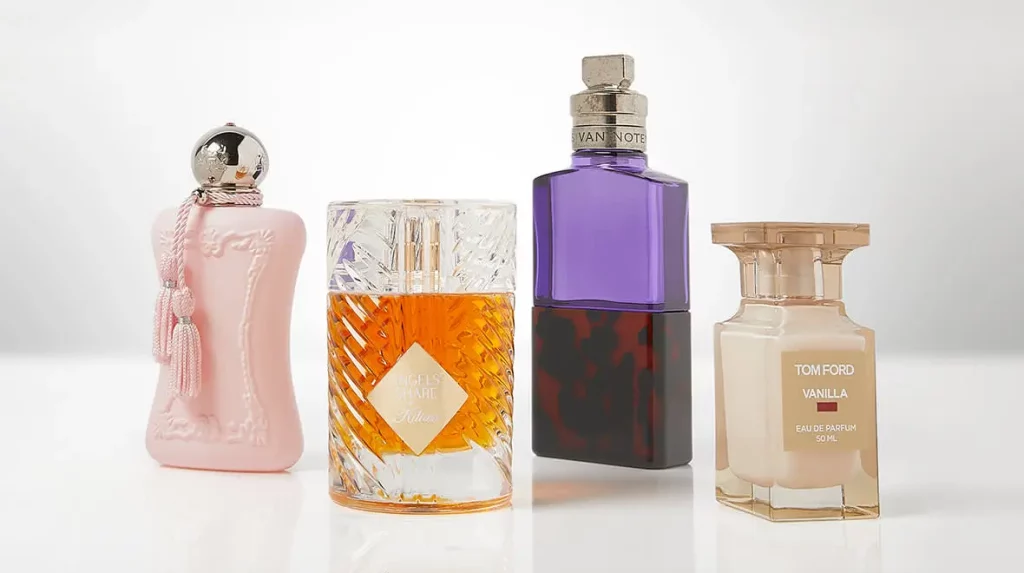
Jewelry plays a big role in Emirati women’s fashion. Gold earrings, bangles, rings, and necklaces are not just accessories, they symbolize wealth and heritage.
And let’s not forget perfumes. Oud (agarwood) and Bakhoor (fragrant wood chips) are used to scent clothing, homes, and even hair. If you ever walk past an Emirati woman and notice a rich, lingering fragrance, it’s probably Oud.
Just like men, Emirati women favor sandals. While international brands have made their way into the UAE, traditional sandals with intricate designs are still a common choice.
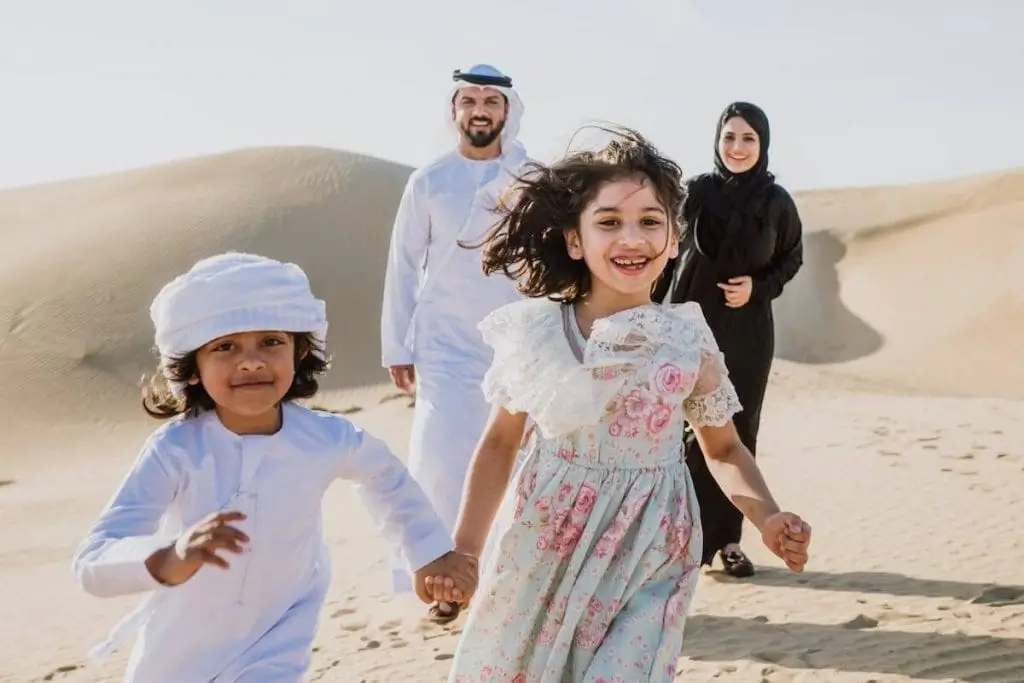
Emirati children also wear traditional attire, often mirroring the clothing of their parents.
Boys wear a miniature version of the kandura, usually in white or beige, paired with a small ghutrah. As they grow older, they begin wearing the agal to hold their headscarf in place.
Girls traditionally wear embroidered dresses called Jalabiya, often in bright colors like green, blue, or red. They also wear a shalya (headscarf) and sometimes accessorize with gold jewelry, especially during cultural celebrations and religious events.
If you’re visiting the UAE, dressing appropriately isn’t as strict as some might think. But, there are a few things to keep in mind:
The UAE is modern, but respecting local customs goes a long way in ensuring a hassle-free visit.
The Traditional Dress of the UAE for Men and Women isn’t just about fashion,it’s about heritage, practicality, and identity. While many Emiratis embrace Western clothing in certain settings, their national dress remains a symbol of pride. Whether it’s the crisp white Kandura or the elegant black Abaya, these outfits tell a story of culture, climate, and tradition. So, next time you see an Emirati in traditional attire, you’ll know,it’s more than just a look. It’s a legacy.
In the UAE, men typically wear a dishdasha or kandura, a long white robe. It is worn with a ghutra or keffiyeh (head scarf) and an aghal (black cord) to secure the head covering.
The traditional dress for women in Dubai is called the abaya. It is a long, loose-fitting black robe that covers the body. Women often wear a niqab (face veil) or a hijab (headscarf) with it, depending on personal preference and cultural practices. The abaya is worn for both daily activities and special occasions.
The traditional dress for men in Arab countries includes a dishdasha or thobe, while women wear a abaya. Both garments reflect the culture’s modesty and are often worn with scarves or head coverings.
UAE traditional wear for men includes a kandura, while women wear an abaya. The clothing represents the country’s culture, offering comfort and modesty in the hot climate.
The traditional dress in the UAE is called the kandura for men and abaya for women. These outfits are commonly worn for daily activities and special occasions.